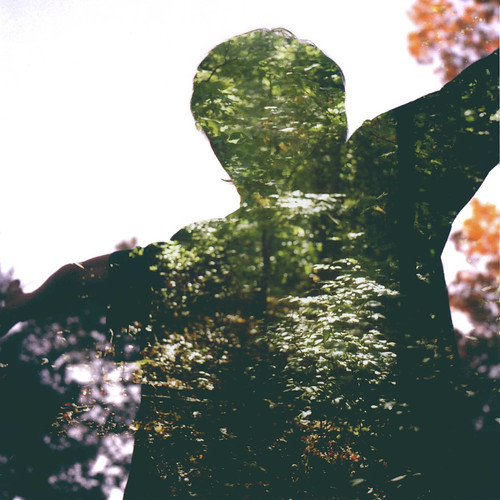I want to start making a step by step documentation of everything i've done since the beginning of this whole thing, starting way back in august. Come May, I've gotta walk out and do a presentation of everything I've done during this whole creation process, so I figure that if I'm gonna do that, I gotta take some action so I don't collapse into a dribbling puddle of drool and stuttering "uhm"'s in front of everyone.
So lets all jump in the magic school bus, gang, or the delorean, or what have you (did you know that the original deloreans' speedometers only actually went up to 85? WE'RE NEVER GONNA MAKE IT BACK TO THE FUTURE NOW.)
So sometime midaugust in the dreadful lull between my summer job

and the beginning of school, desperately trying to convince myself that there's still plenty of time to have fun in the sun, I got dragged along on a family vacation. That means a whole lotta nothing, because my family is the kind that loves to wake up, go to the beach, sit on the beach, and then go back to bed. This means a lot of time to doodle in your sketchbook and read. The book that I brought at the request of
Ms. Diaz was by Reif Larsen and called
The Selected Works of T.S. Spivet. It's this super cool story about a prodigy cartographer by the name of Tecumseh Sparrow Spivet. T.S.'s mentor has sent off one of his insect illustrations to the Smithsonian, and its won an award. The next hundred or so pages are about his journey from his ranch in Montana to the D.C.; hopping trains, hitching rides, taking whatever he can get to get there. While the sense of wanderlust that exists in the content of the book would later get reflected in the sketches that spawned
Pine Bark Kids, the really interesting part that spawned this idea of challenging the boundaries of illustrated stories lies in the margins of the pages.
Each and every page margin has an illustration in a very analytical, cartographic style; made as if T.S. had been doodling in the corners of this novel. This book is absolutely a novel, there's no questioning that, but there's something more than that. Does that make it a graphic novel? Not really. The graphic novel has become defined as what the Neil Gaimans, the Frank Millers, the Art Spiegelman's of the world make. Masterpieces, yeah, but locked down into what the page format of the comic book has become expected to be.
The problem was that there was no ground for stories to be somewhere between the comic book pages where more than half of the information lies in the images and novel pages, where one can use narrative text at great lengths to let the reader paint the picture in his/her own head. The answer I came up with was the illustrated novel. It's a novel that takes cues from children's books. The image is there to set the tone of the setting, but the action and descriptors lie in the text.
So there I was that summer, reading all this story about jumping on freight trains and packing your leatherman and hitching a ride with a truck driver. There was so much time to kill while my family soaked up the sun, so by the end of the trip, I had about 15 really rendered/watercolored pages in my sketchbook. Without even really thinking about what I was drawing, first some trees appeared, with a portrait of a boy next to them. Then his hat had a tree on it. It kept building, and suddenly I had 4-5 pages of bears and trees and boys and girls.
There wasn't that much thought of a full story that came with it, more just of a general concept of this dynamic between two boys and a girl in the woods, and how they live.
Next up came the short story that I wrote in December. The text itself is probably the perfect manifestation of mediocre, so I'll spare you and summarize it point by point.
Pine Bark Kids, First Draft.
- Three kids are walking behind the local grocery store, following directions to the big tree to find the train track.
- The three have a great time with the wind in their hair.
- One of them starts seeing this weird buffalo faced guy. Unclear. Hmph.
- The rest of the gang are all, "huh?"
- The first one starts disappearing more and more.
- Finally, one morning (after weeks, or something) he disappears for good.
- The other two continue on their journey.
- THE END.
So somehow that entire story fit into all of 4 or 5 pages. Needless to say, it was so shallow and lacking of charm that it wasn't much longer than what I listed above.
But!
It was really important, because that first step of getting the general idea of what exactly is happening between these three kids was pulled out from just those random sketchbook doodles. So as mediocre as it was, it was a crucial step.
The next step from this (covered in BLAST FROM THE PAST #2 BR0) was to hack and chop, and put a magnifying glass on those little scenes to make it something that could actually hold someones interest. So, Good. I got that bit down. Once I get up to #3 I think, I'll have gotten to the point where I can put up a link to the sketches, where the design parts get really interesting. Hep!
































.jpeg)


